Black Water Creek
Cedar Key
If you are looking for a place to escape the hustle and bustle of life, look no further than Cedar Key. A place where the locals greet you with friendly smiles, where shorebirds frolic in the waters, ospreys soar overhead, and a multitude of habitats are waiting to be explored. Your trip begins on Highway 24 in Levy County, where you drive from the mainland on low bridges, over picturesque channels, and salt marshes onto Cedar Key.
A pencil factory was once located on Cedar Key, where the cedar trees supplied the wood for the pencils. The first Florida coast-to-coast railroad ended at Cedar Key before it was rerouted to Tampa. Shell mounds give us a look into the lives of the indigenous people who called Cedar Key home long ago. Today, about 800 permanent residents welcome visitors to their unique island.
Cedar Key is a Nature Lover’s paradise, where visitors can stroll along nature trails, birdwatch, and paddle in the Gulf. The federally protected sanctuaries lure both shorebirds and migratory birds. Go on a coastal guided tour. Kayaks, paddleboards, and motorboats are available for rent to explore the Gulf of Mexico. Campgrounds provide space for your RV or tent.
Saunter along the Cedar Key Railroad Trestle Nature Trail, a 1,700 ft path of old Fernandina Cedar Key rail line. Let the cedars and pines shade you as the songbirds serenade you with sweet melodies. Watch for a beautiful variety of wildflowers with butterflies flitting about. At Cemetary Point Park, there is an easy walk along a 1299 foot boardwalk through mangroves. Cedar Key Museum State Park Nature Trail is a short stroll where you will see gray squirrels playing, woodpeckers in search of food, mocking birds tweeting, and green tree frogs resting.
The swamps, marshes, and wetlands are home to American avocets, ibises, roseate spoonbills, herons, egrets, pelicans, and more. Dolphins play in the Gulf. Thousand of birds visit during the fall and winter migration including, rare white pelicans. With its laid-back Old Florida vibe, Cedar Key is a perfect addition to your list of places to visit.
Photo Credit: Dan Kon

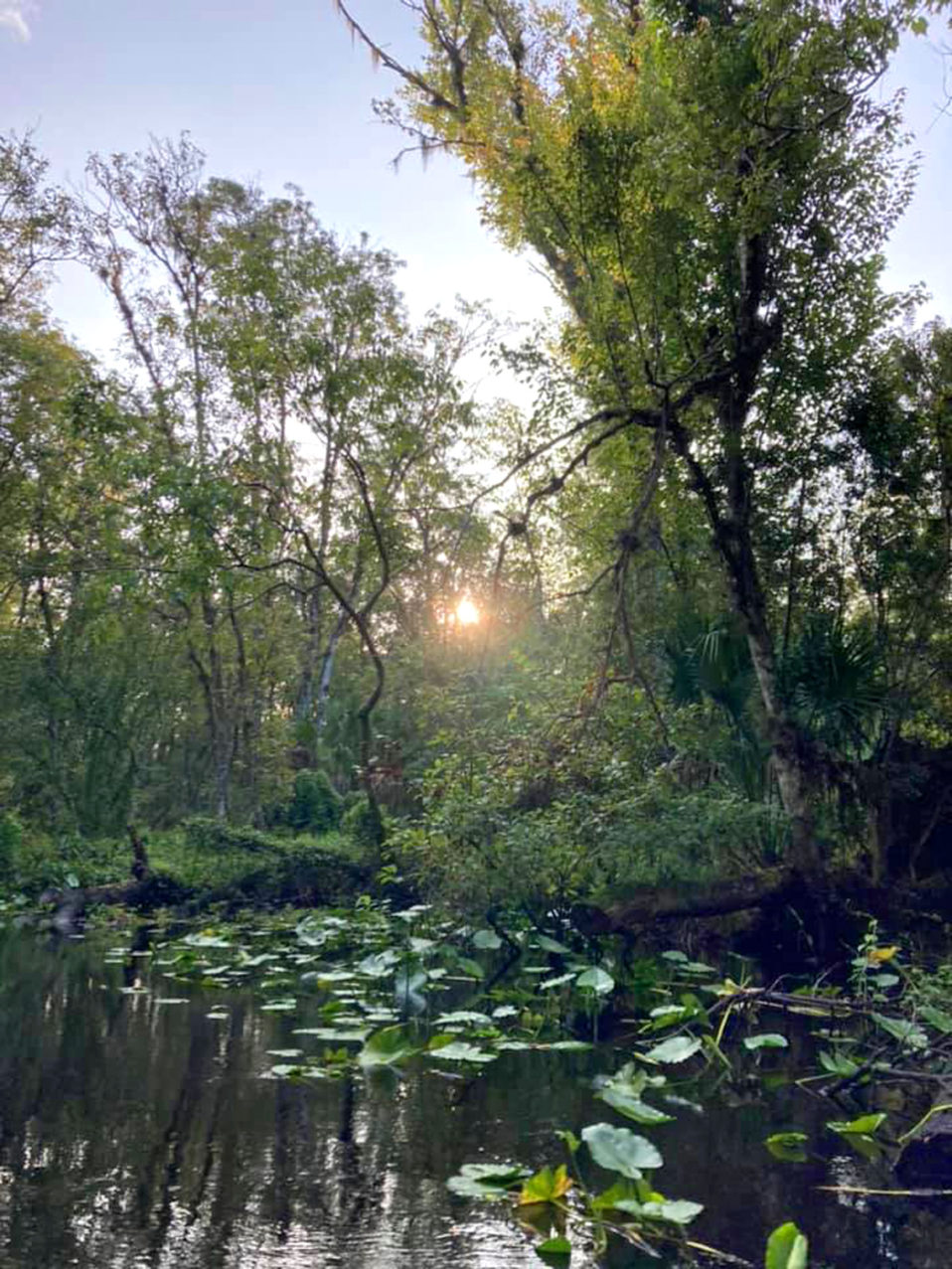
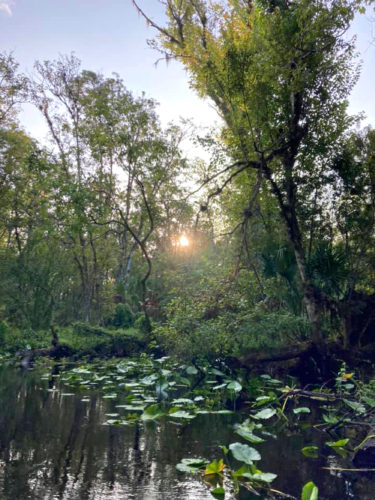
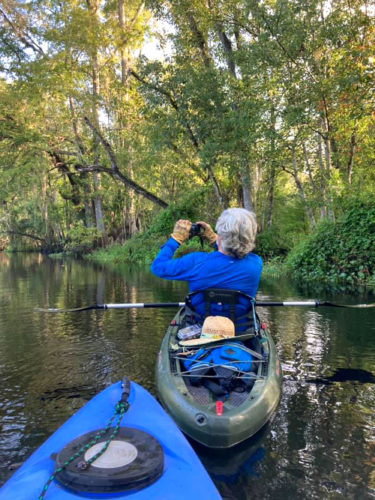
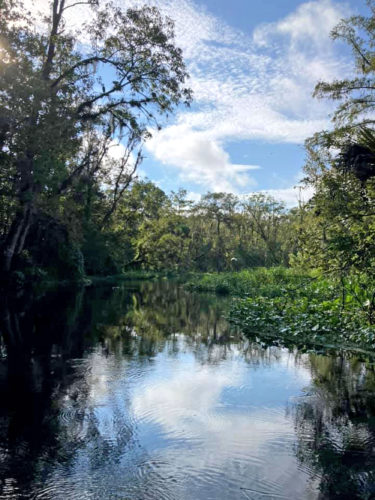
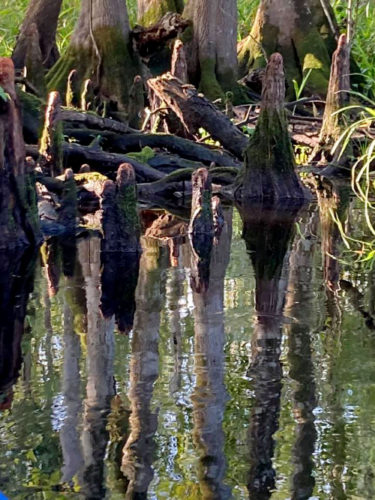
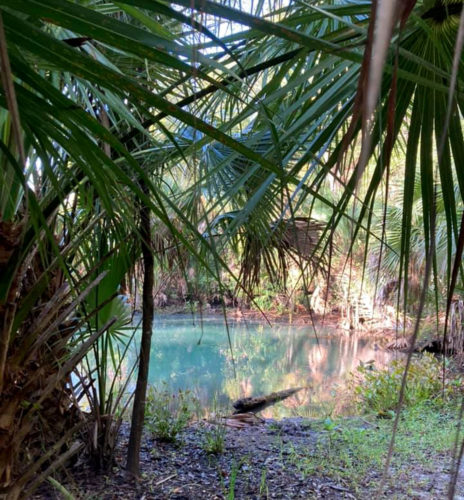
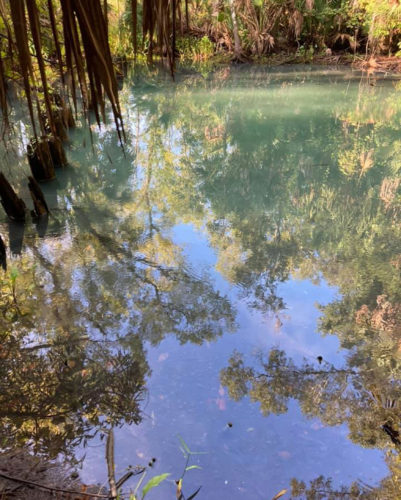
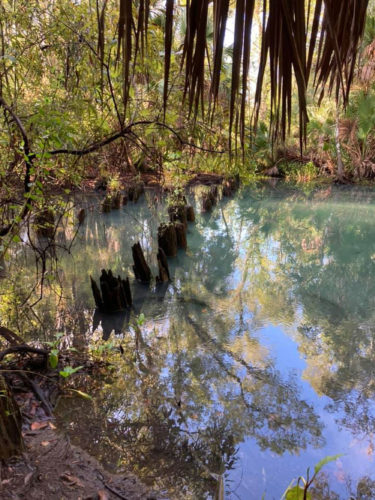
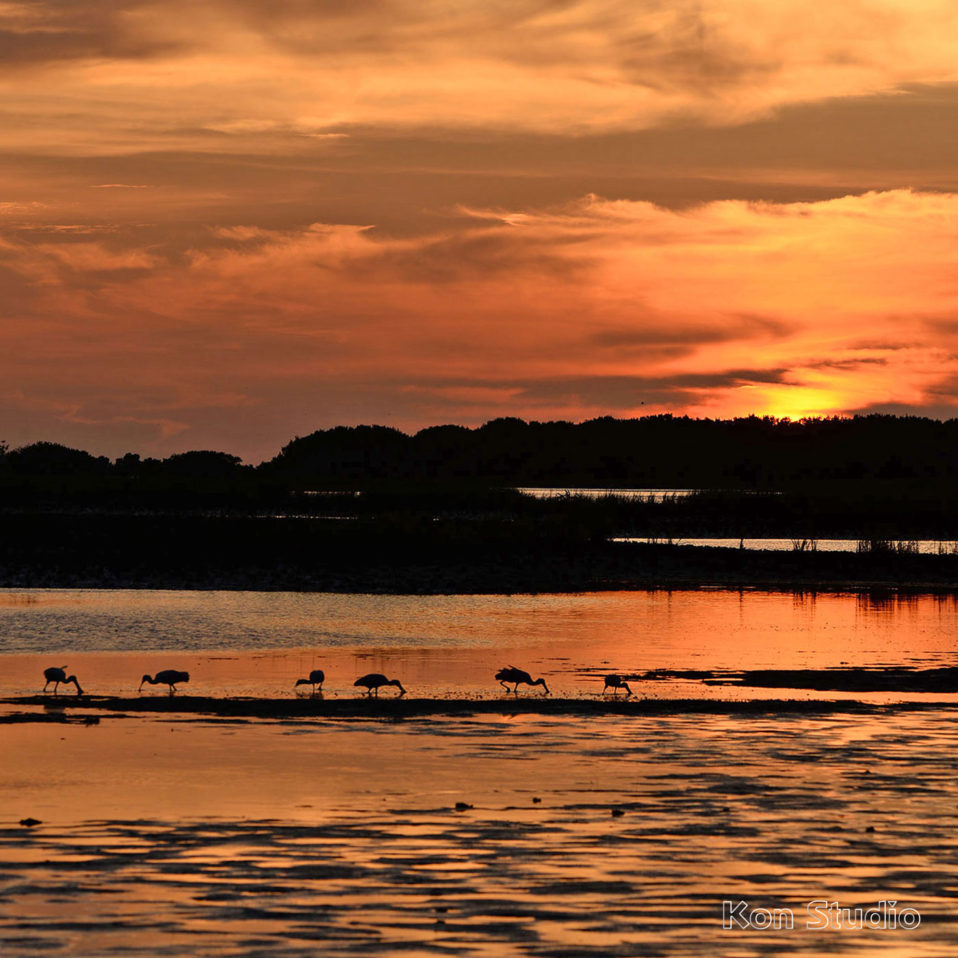
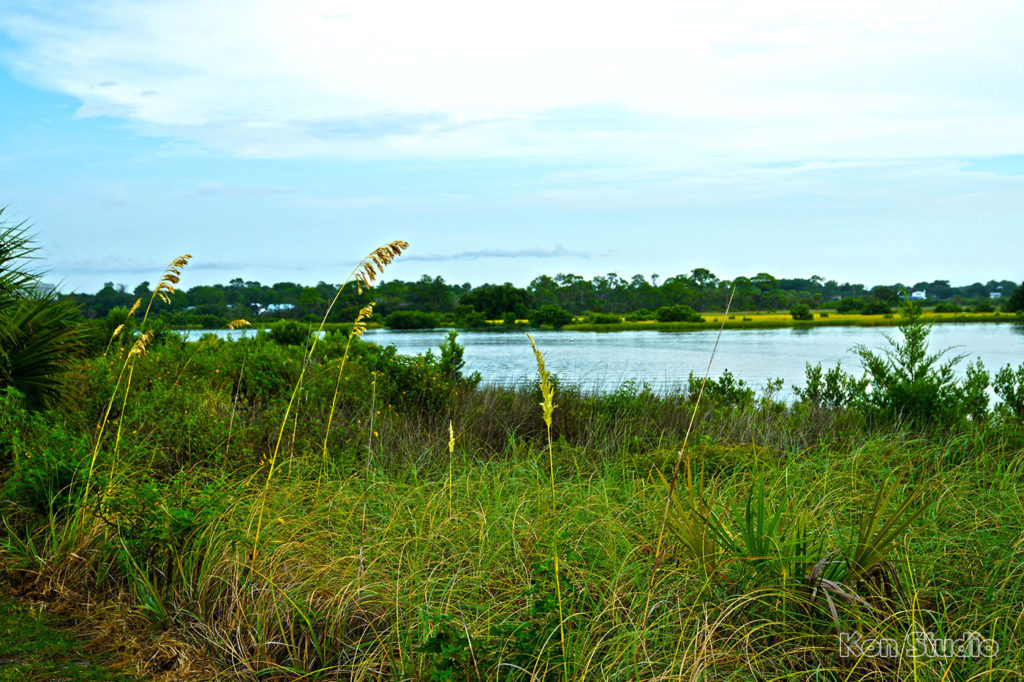
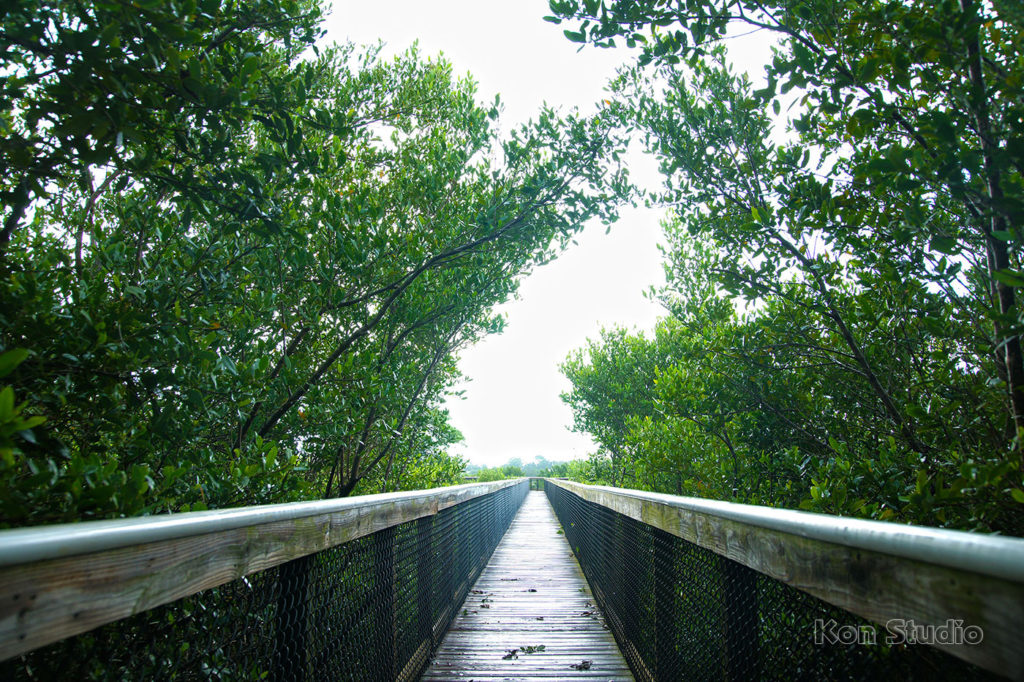
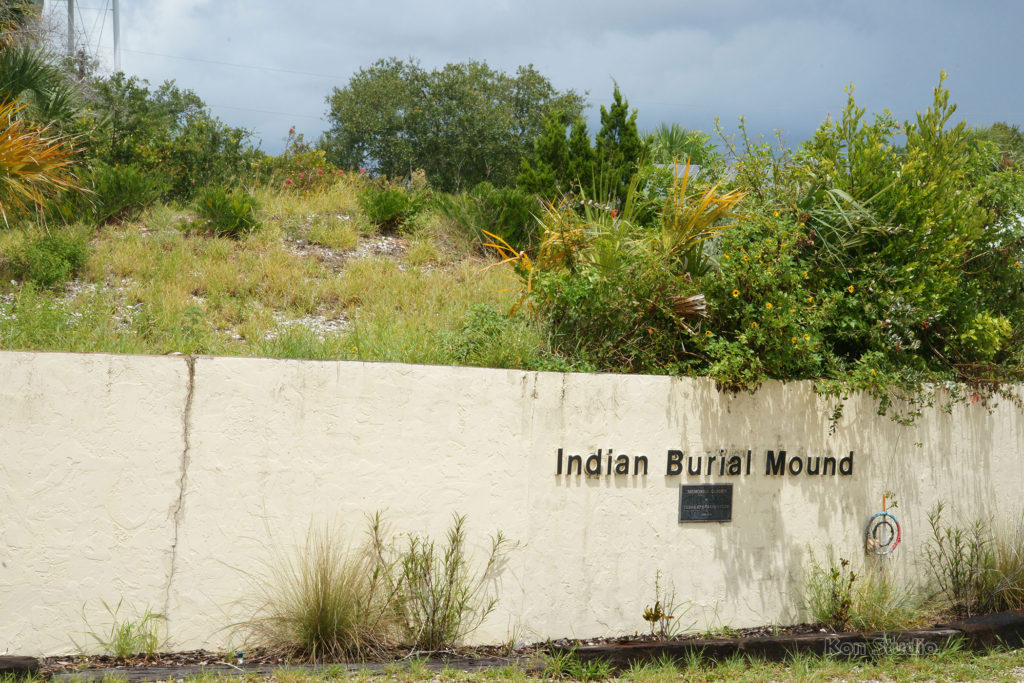
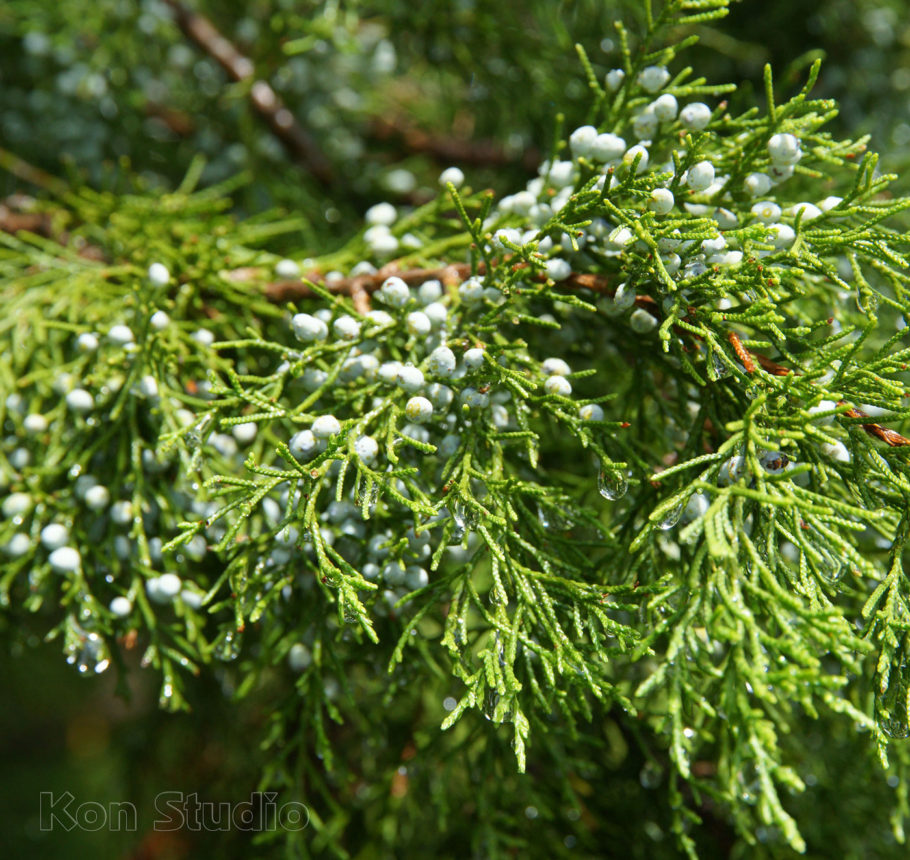
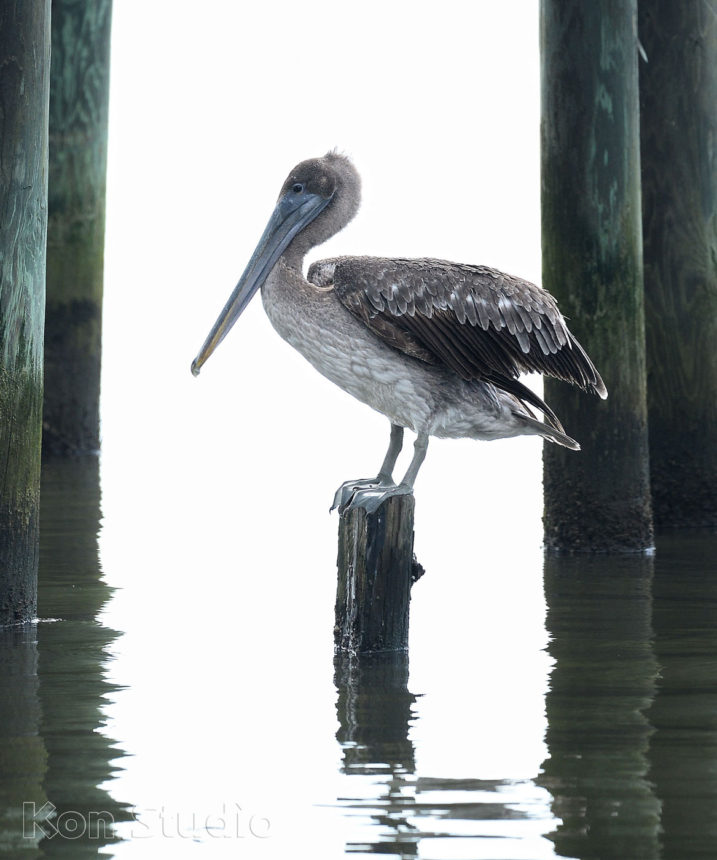
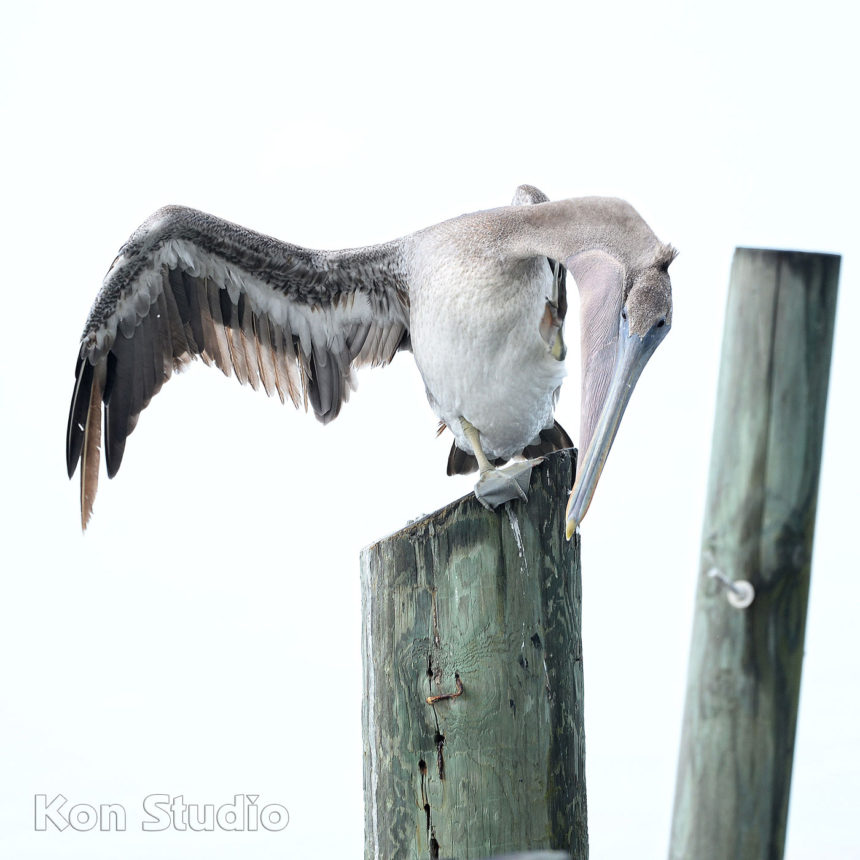
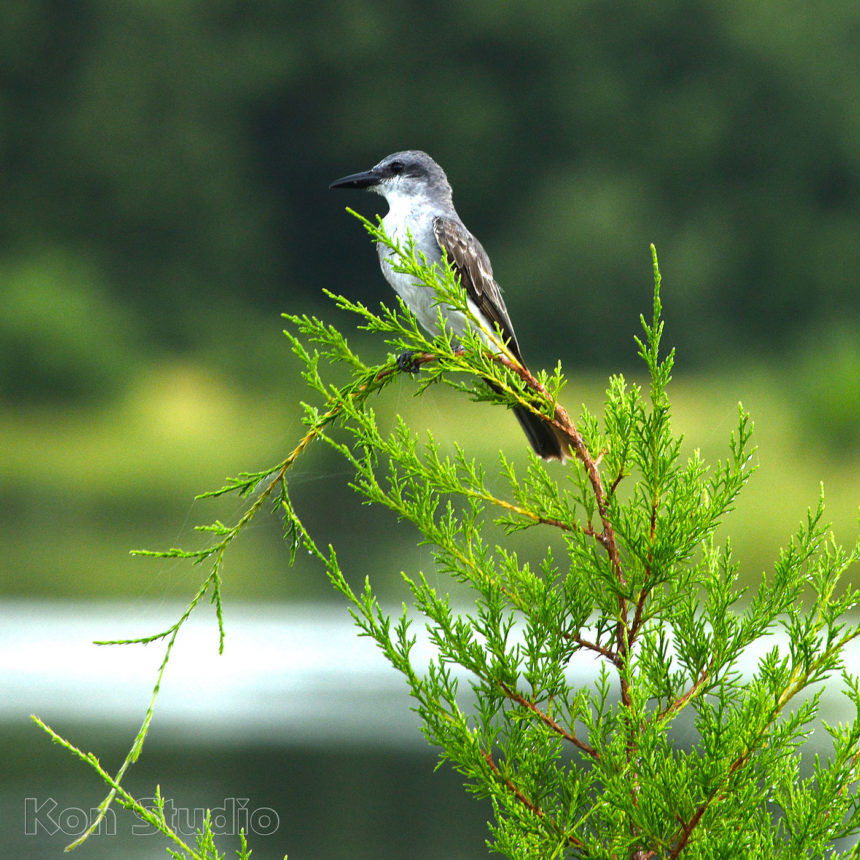
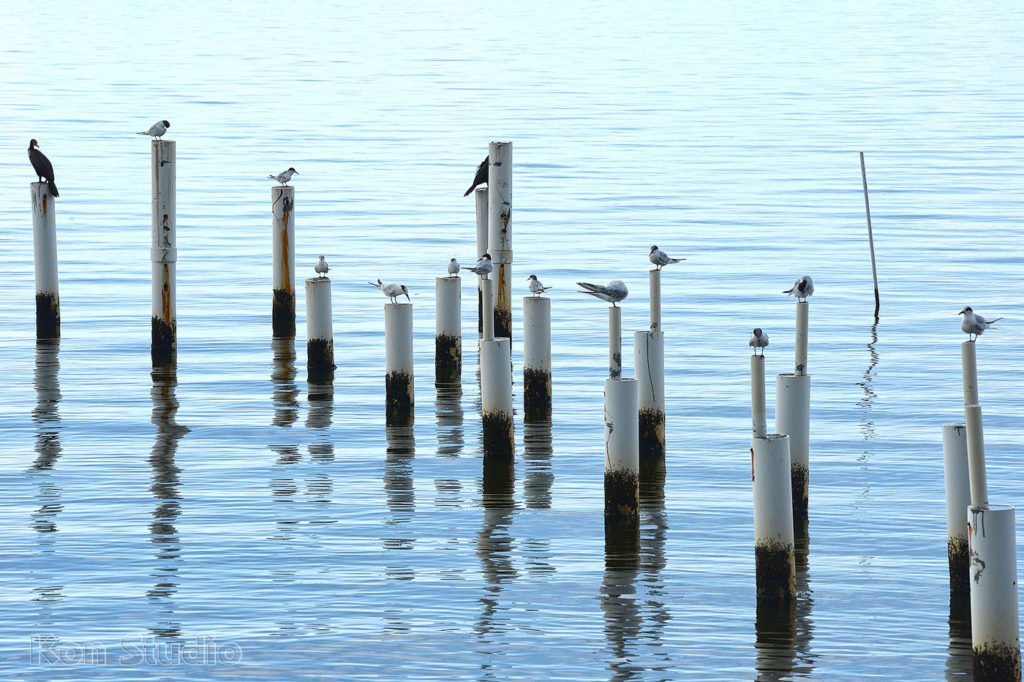
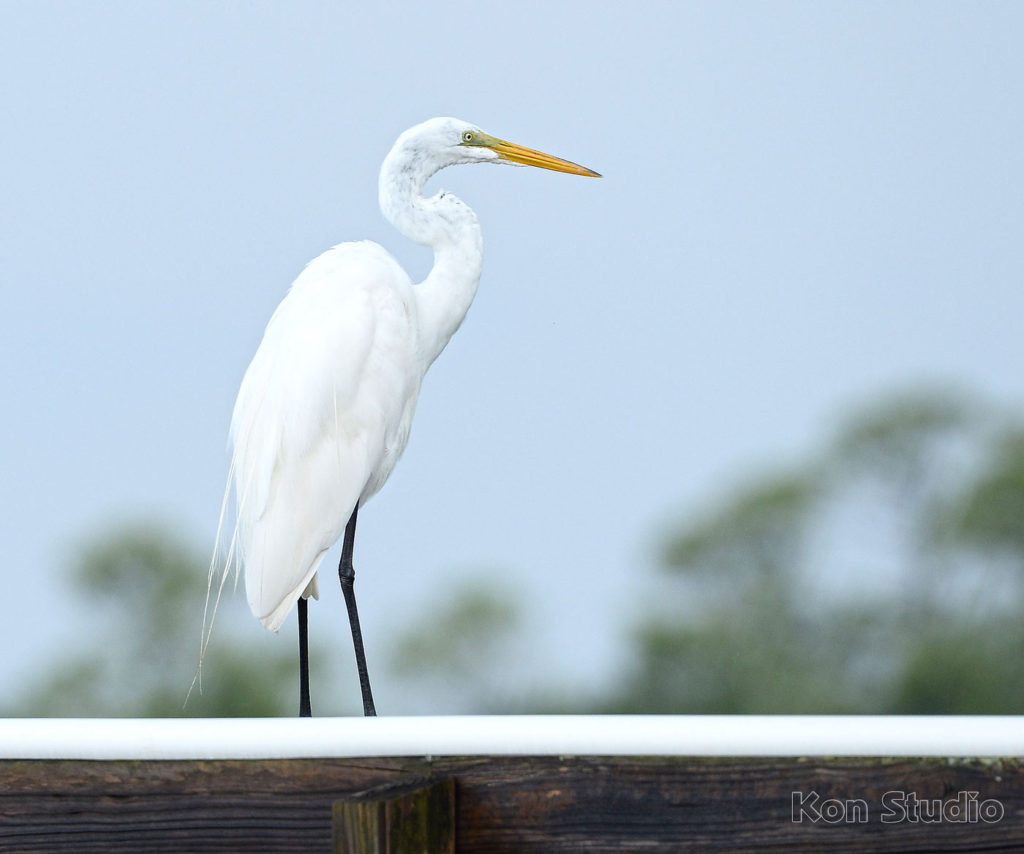
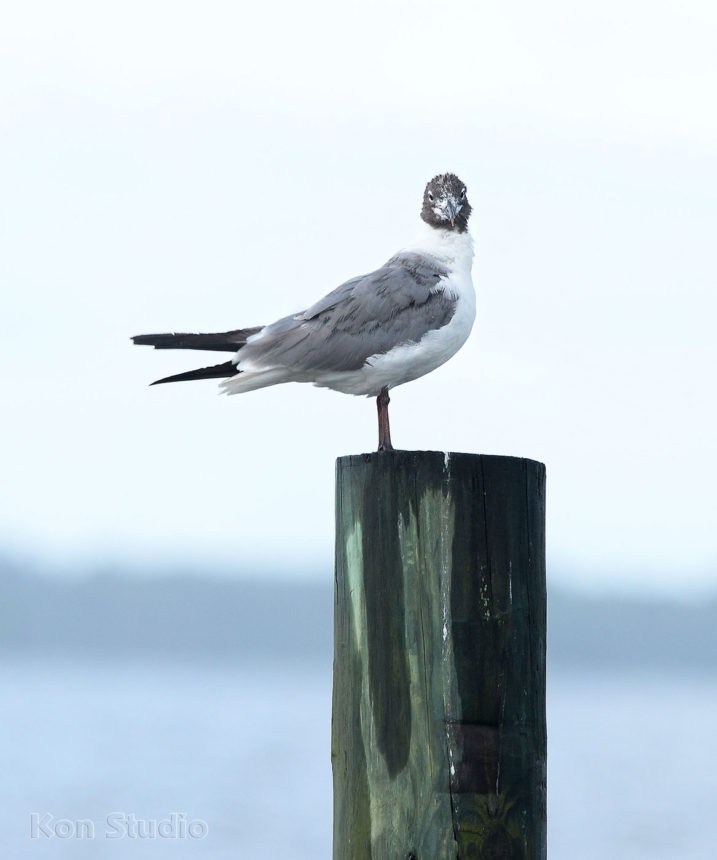
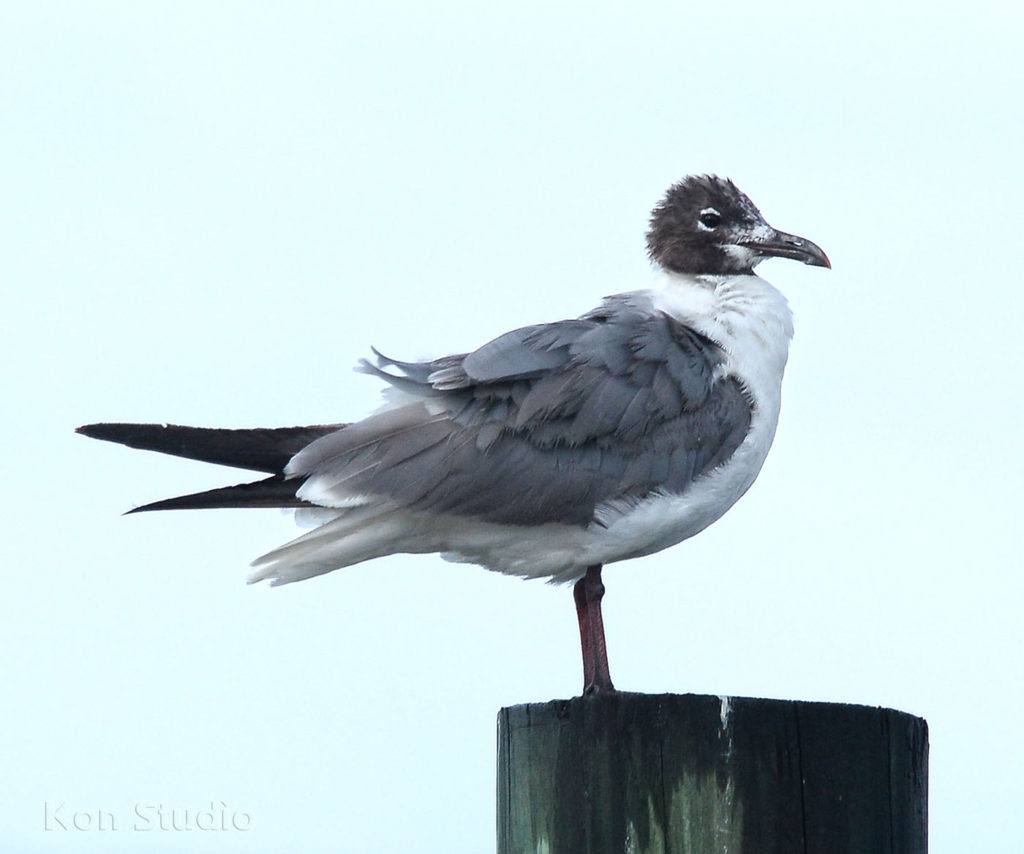
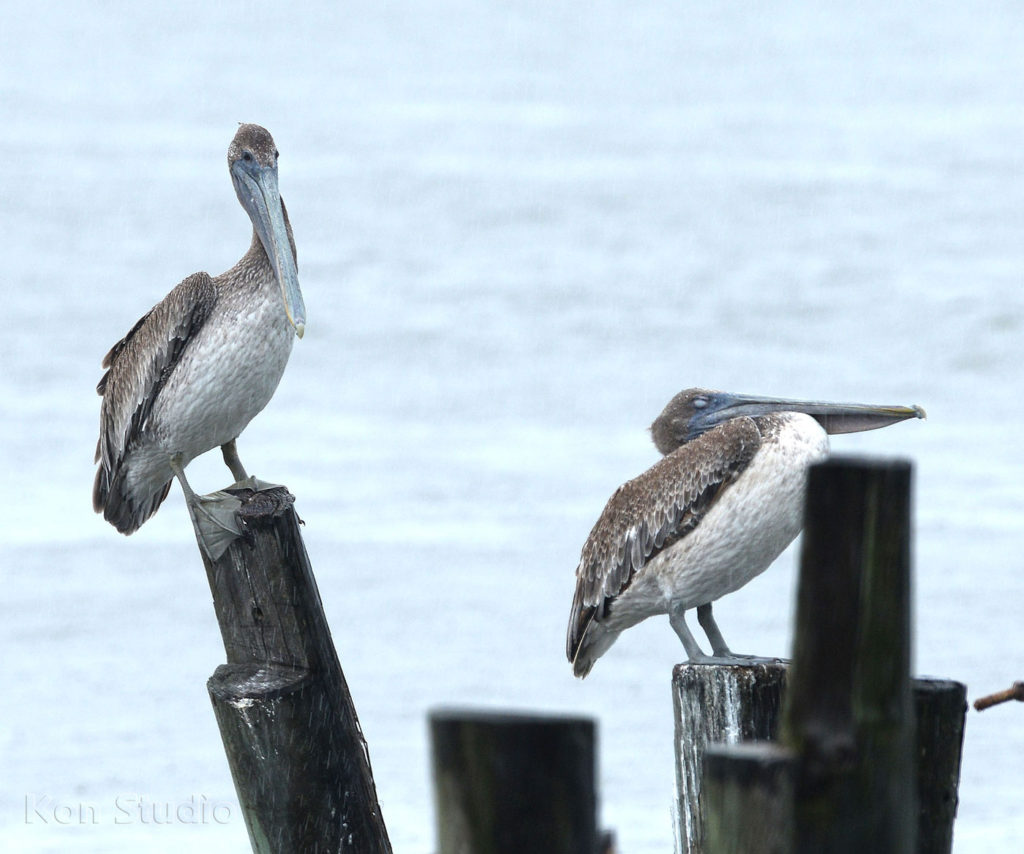
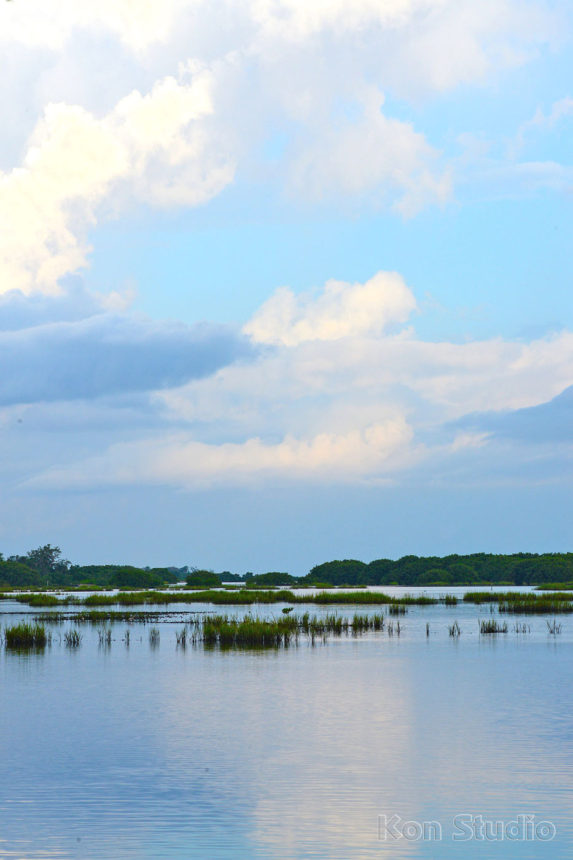
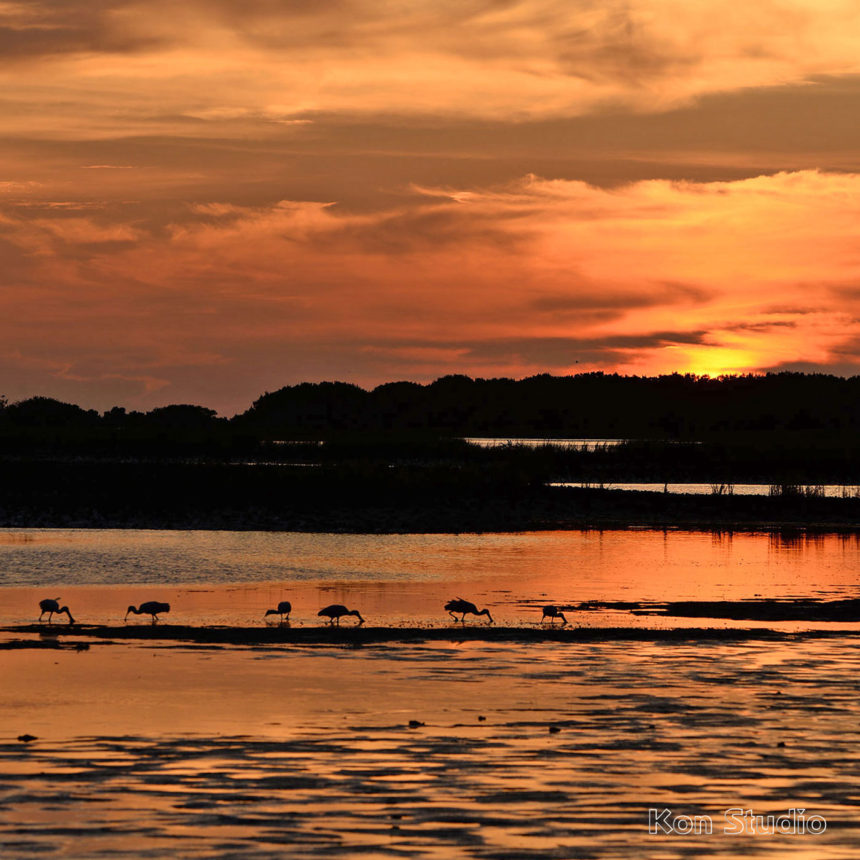
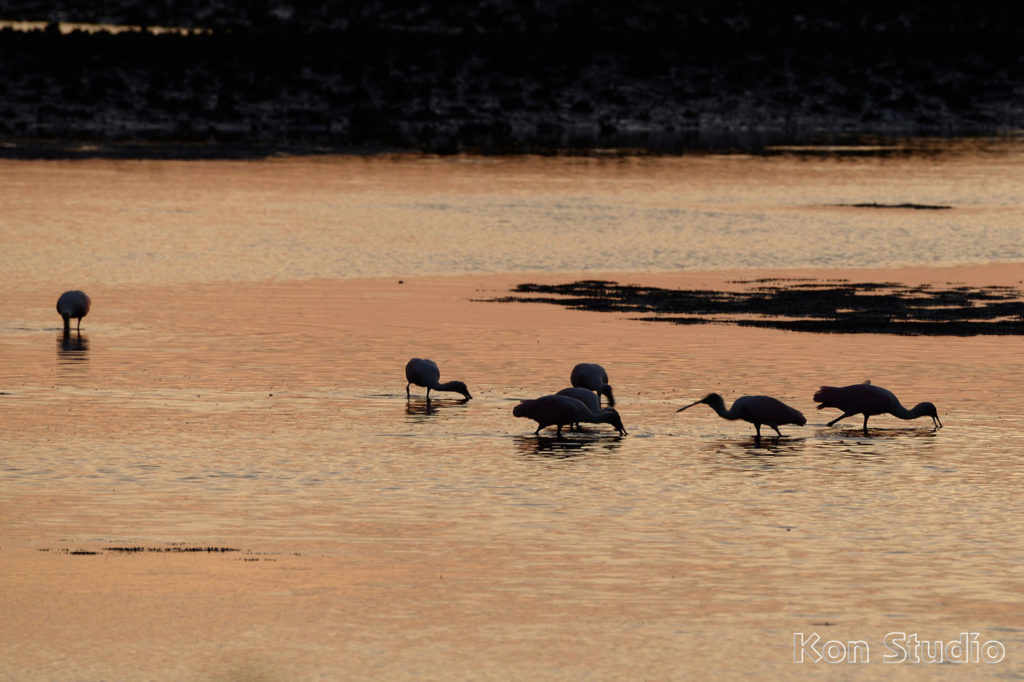
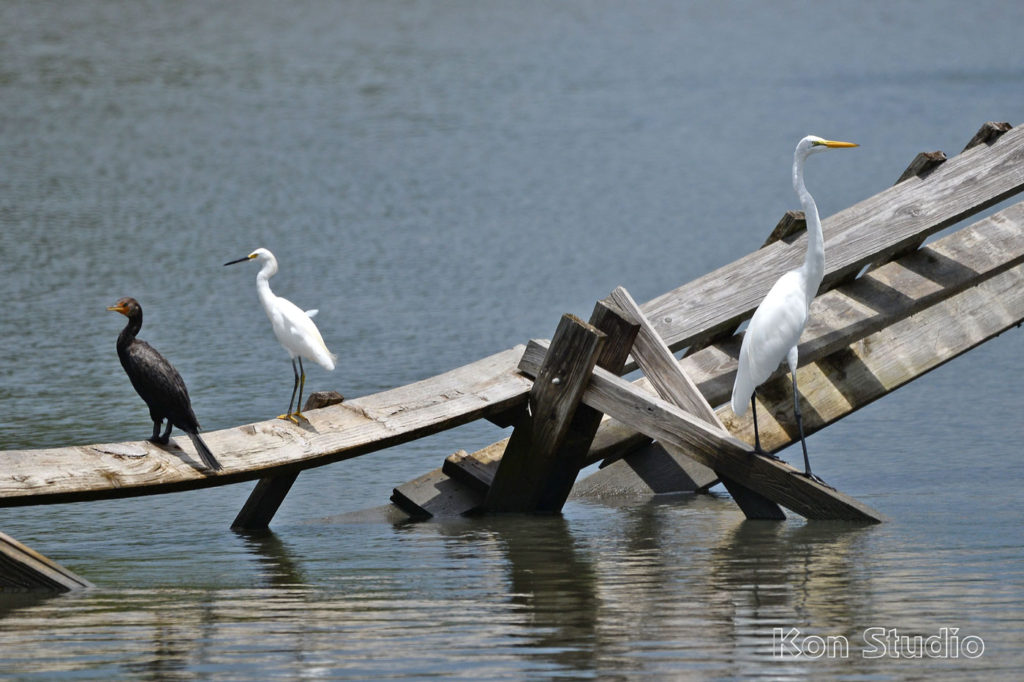
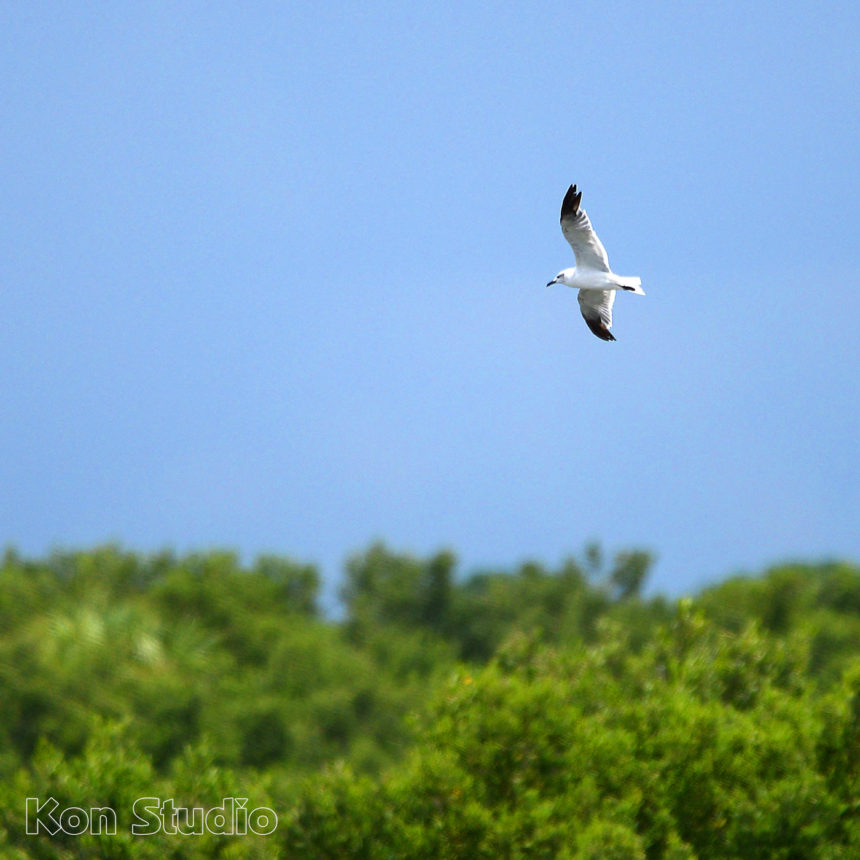
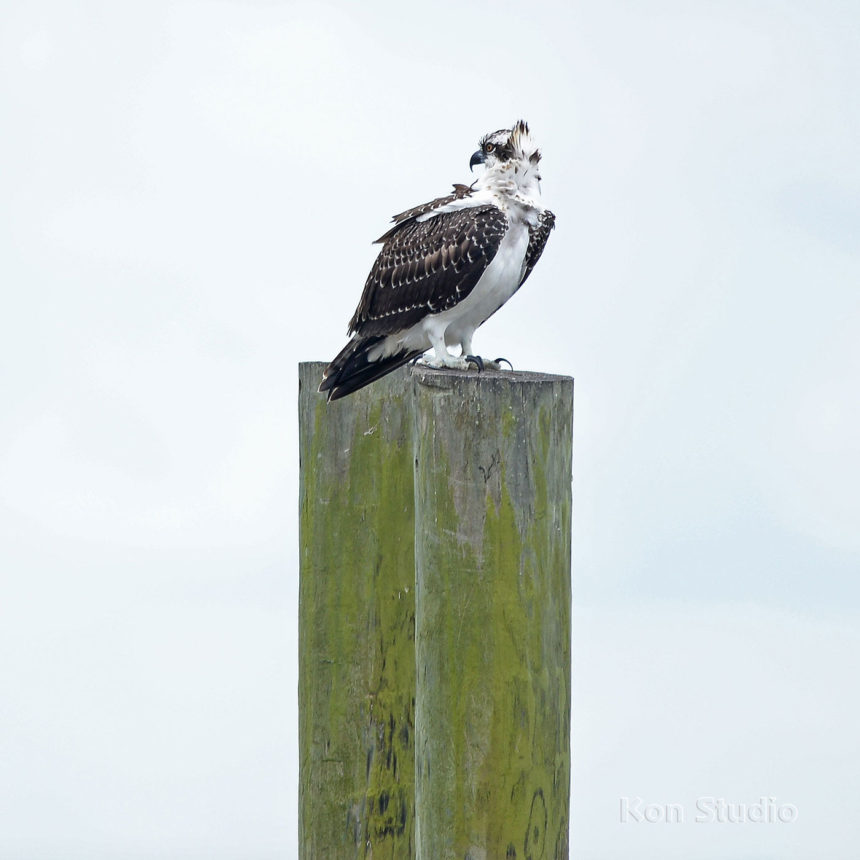
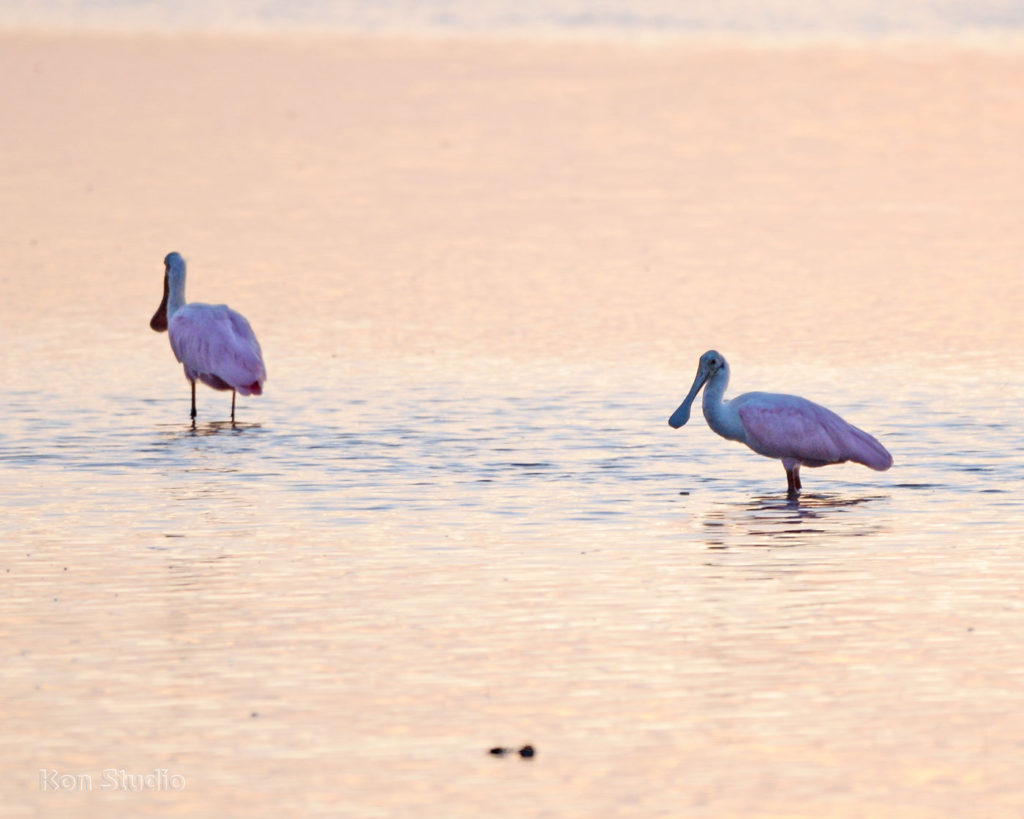
Recent Comments